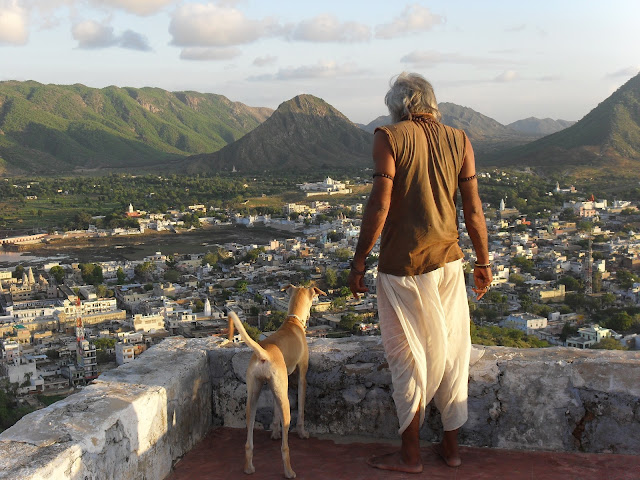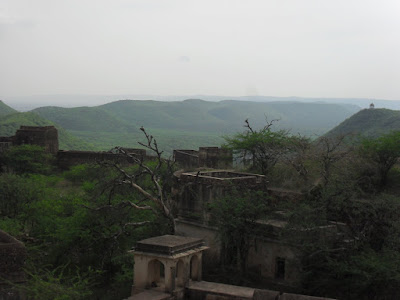*This does have to do kinda with the theme of this here blog and so I guess I'll post it. I tried to fit paragraph summaries of some of my favorite stories (poor Korea turns into rich Korea, Bangladesh textiles appears out of thin air, Africa and poor countries selling their land to Korea) here in under 1.5 pages- yes this is a school paper. Also: those last India posts are a comin..
--------
According to Choson (ancient Korean) legend, there was once a dutiful son named Kang who prayed for 100 straight days to cure his sick mother. In a dream, a mountain god told him to find a plant with three berries, boil the root, and serve her the tea. Kang found the plant and used it to cure his mother, and, as legend goes, this is how the benefits of ginseng were taught to the Korean peninsula.
Great ideas and useful technology, such as how to cultivate ginseng, are things that have the potential to really help many people. Korea has a strong history of spreading such ideas, although in more modern times this has been done more with corporate partnerships and less with mountain god dream appearances.
In 1979, Korean garment firm Daewoo Corp. brought 130 Bangladeshi workers to Pusan. Daewoo trained the workers to create textiles with the most advanced methods of the time and over the next ten years 115 of these workers returned to Bangladesh to found their own textile companies. Before the Daewoo trainings in 1979, there were 40 textile workers in Bangladesh. Thanks to the Daewoo trainings Bangladesh today has a $2 billion garment industry, its top export.
---
The South Korean government has a long history of promoting Korean farm production. Around independence, one of its first ever tasks was to quickly sell 1.4 million abandoned farm plots to 600,000 war displaced farmers. The going rate for an acre of paddy land was about four tons of rice (inflation was bad back then so the farmers paid the government with their crops).
Unfortunately, the number of people living and working on farms steadily decreased in the years following the rice for land reform program of the forties and fifties. As South Korea quickly developed a highly advanced economy, rural flight and the growth of industry meant less people living in rural areas and less land for farming.
Today, South Korea is the world’s third biggest corn importer. Only 1% of wheat eaten in Korea is grown in Korea. As increasing land prices and the decline of the Korean farming sector continue, the Korean government is once again getting creative to increase the nation’s food security. It is now lending money and giving technology to Korean firms planning on developing farms overseas.
Korean cultivation of 2700 square miles of land in the Sudan and 380 square miles in Tanzania are already underway. Similar plans are underway in the Philippines, Mongolia, East Russia, Paraguay, and Uruguay.
These rented Korean farm lands will produce corn, wheat, and other crops to be consumed in Korea. Some of the land partnerships will also be used to teach locals modern farming and irrigation techniques, create jobs, and spur investment for local schools and hospitals. Only time will tell if these foreign land partnerships will yield the same kind of successes the Bangladesh-Daewoo and Kang-Mountain God pacts shared before them.
The Joke Man Tastes the Kool-Aid
13 years ago






















































